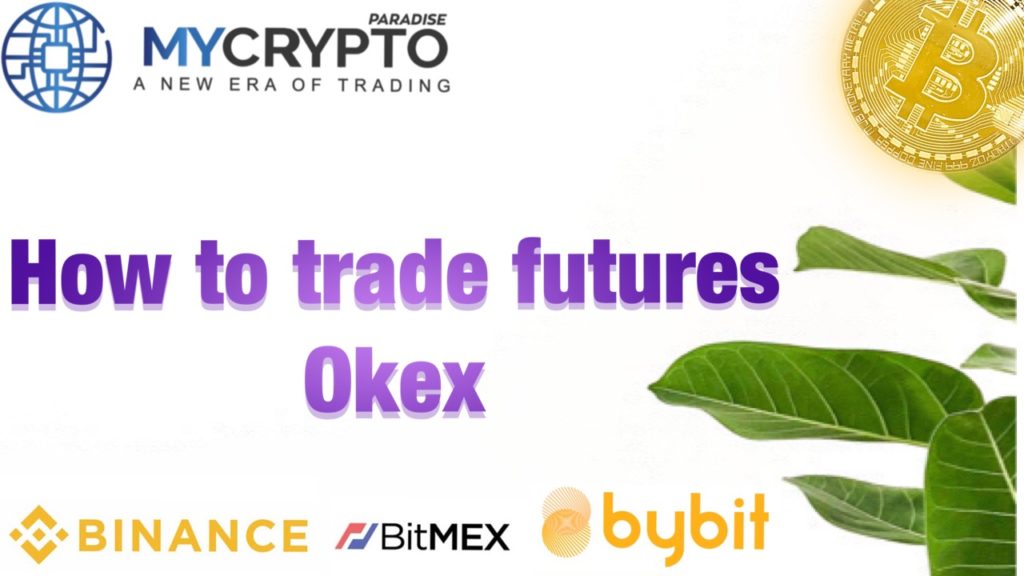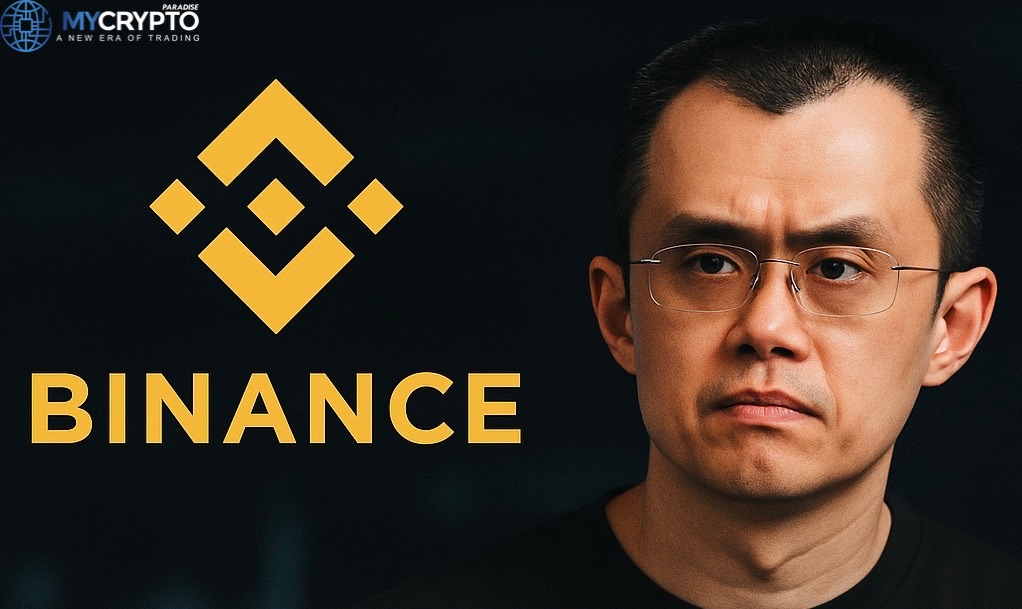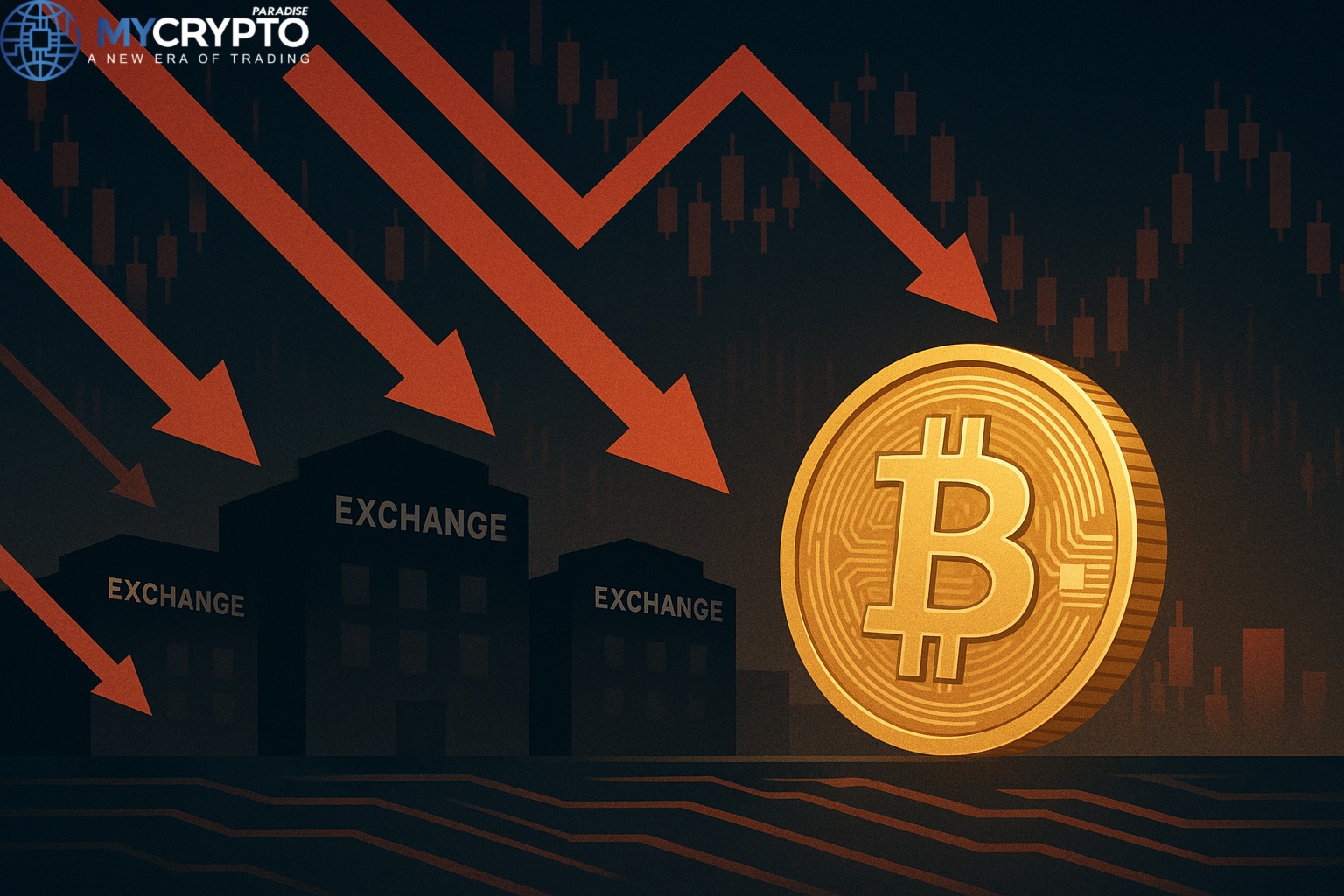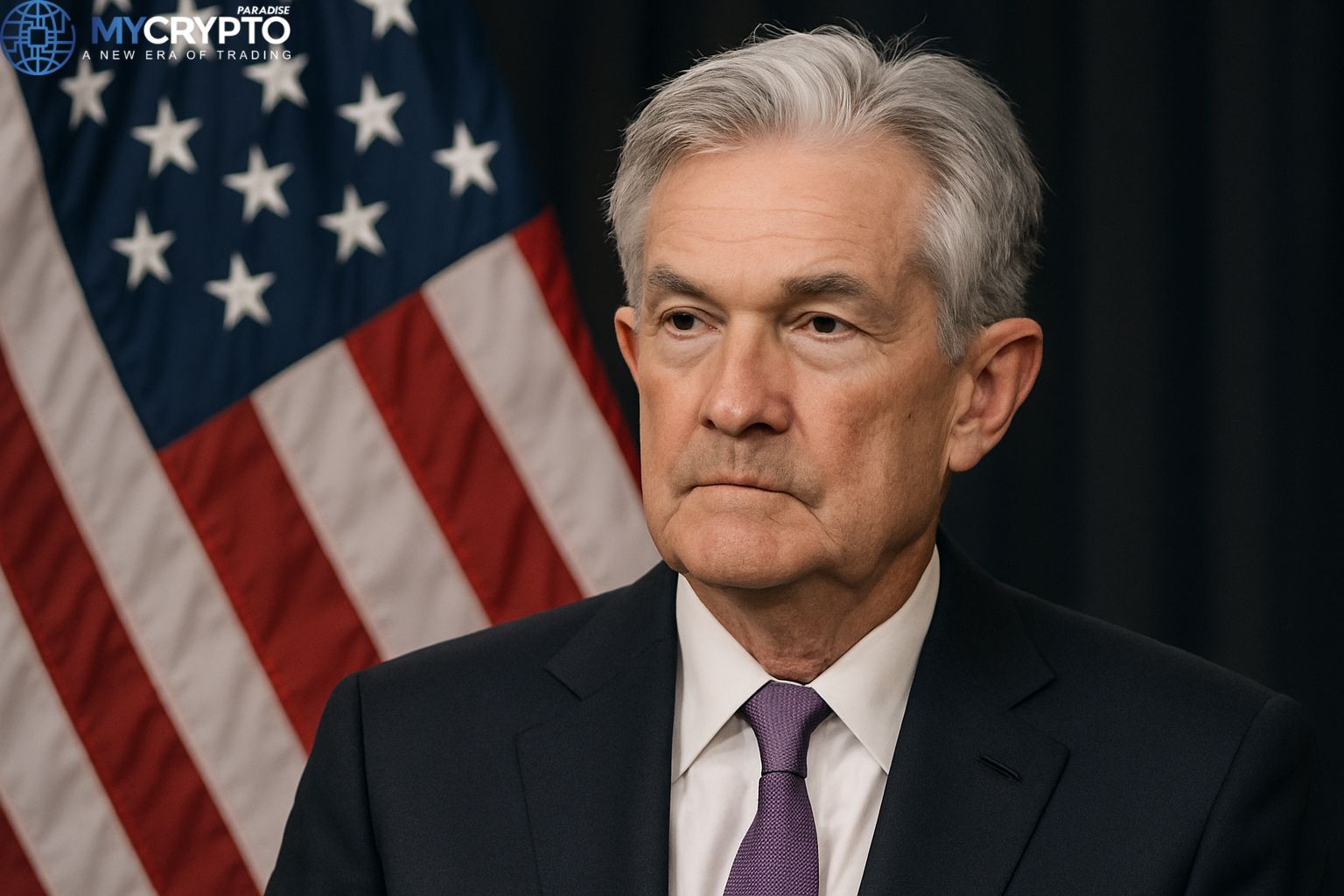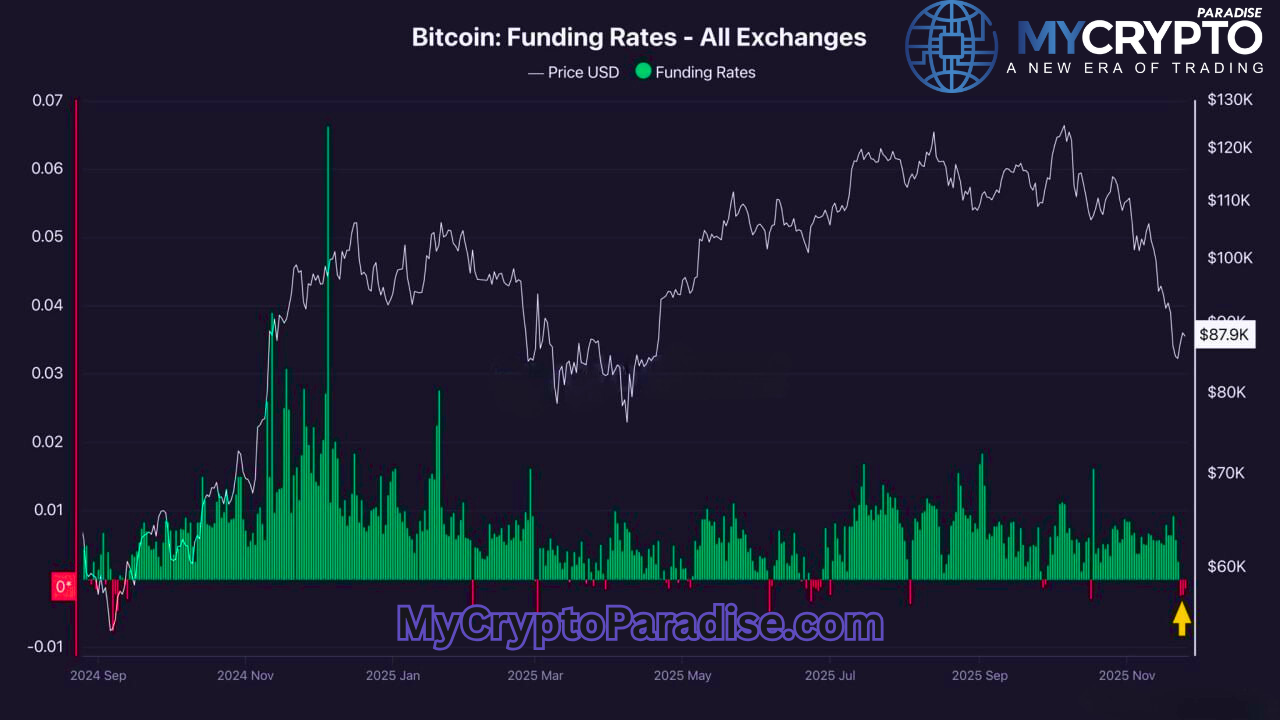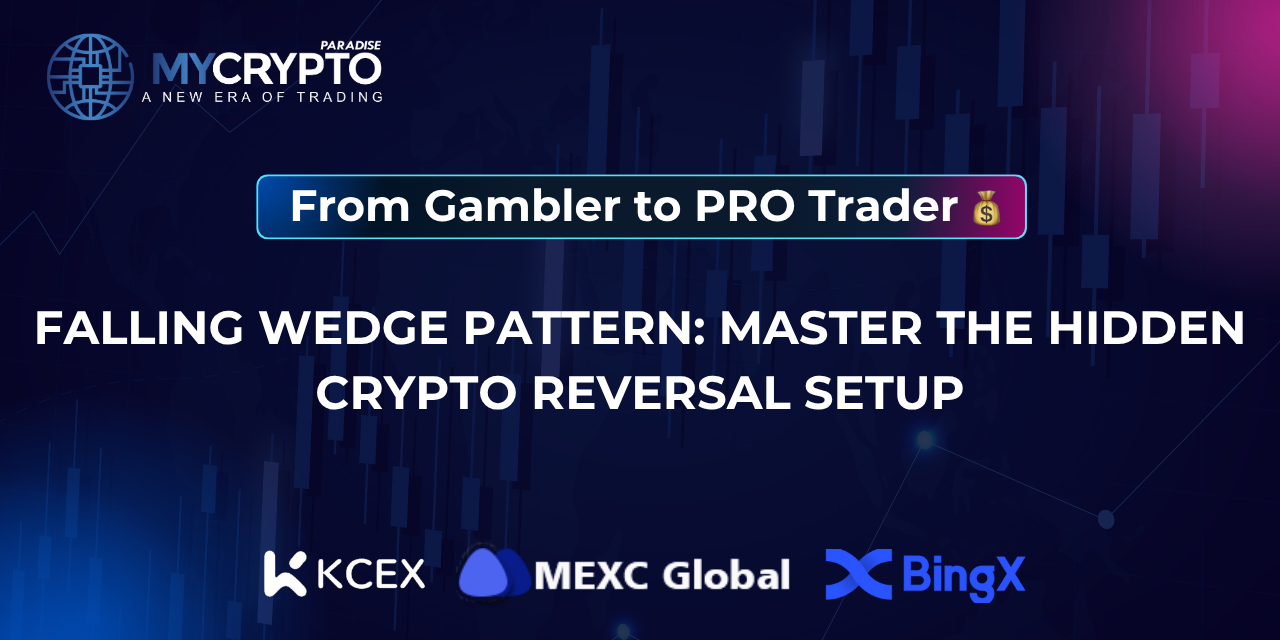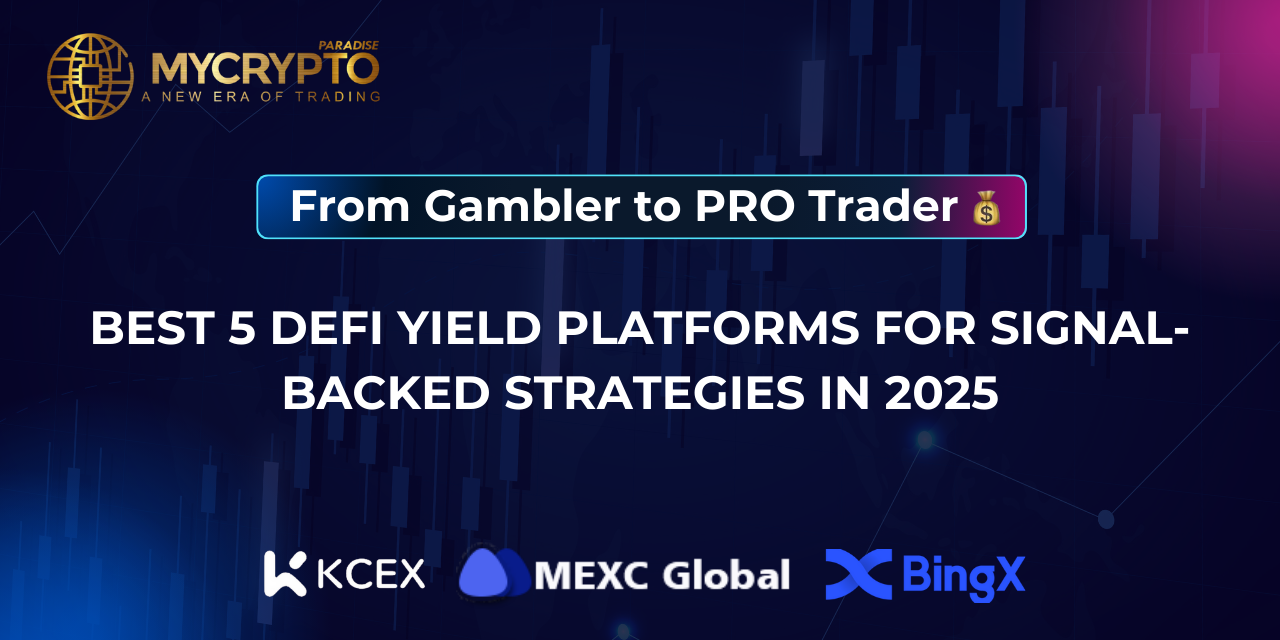In recent times, the remarkable increase in innovation in the crypto industry has led to the advent of new products like options and futures. Futures trading is the largest traded crypto derivative due to widespread interest from crypto traders.
Major cryptocurrency exchanges, like OKEx, provide options and futures trading for BTC (Bitcoin), ETH (Ether), and other virtual currencies, as well as training, tools, and statistics, like futures trading statistics.
Because futures trading necessitates a grasp of derivatives, prospective and novice users are recommended to educate themselves on options and futures trading sufficiently, as well as the risks associated with them, before making a conscious decision to enter the markets.
Crypto Futures Trading
In futures contracts, you may go short or long, which implies that you agree to either buying or selling the underlying crypto at a specified future price. When you first access this market and create a short or long position, you’ll be instantly matched with some other customer who has a position that is equal to yours (this means, when you take on a position, you’ll be paired with some other user who is taking on a short position).

The value of the underlying crypto during the period of the settlement will determine your final loss or profit. Traders who take on the long position will benefit if the underlying cryptocurrency value has increased since the buying of the contract, while short traders win if the underlying crypto has decreased in price since the buying of the contract.
Both parties enter into a futures market by agreeing to swap the underlying crypto asset at a potential value on a fixed date. Investors who think the value of the underlying crypto asset will rise in times ahead take long positions, agreeing to buy the asset. traders who predict the value of an underlying crypto asset to fall in times ahead take on short positions, agreeing to sell their assets.
Mouse through the Trade icon and choose the Futures pane to enter the futures trading option.
You’ll see many contract kinds above the graphs, such as quarterly, bi-weekly, and weekly futures, which indicate that your cash will be given to you in varying amounts of time, such as once every week, once every two weeks, and so on.
Both USDT-margined and coin-margined futures are available on OKEx. The distinction between these merged futures is that the latter uses the underlying crypto to designate and resolve contracts, whilst the former uses USDT.

Both of these futures contract kinds have advantages and disadvantages. Coin-margined future contracts, for example, do not need you to change your cryptocurrencies to stablecoins, but they certainly subject you to market volatility. A USDT-margined futures contract, on the flip side, is more profitable and more straightforward to comprehend, but it needs you to change your cryptocurrency to USDT first.
As per OKEx, crypto traders can short or long a certain position to benefit from a decline or increase in valuation of a virtual asset, or hedge their investing risks.
Furthermore, to deal with higher-value futures contracts, cryptocurrency traders simply have to cough up a little quantity of margin based on the ratio of futures contract position to value. Tron (TRN), Tether (USDT), Bitcoin (BTC), and some other major cryptos are used to trade futures.
You can learn more about futures trading and opening positions from expert traders at MyCryptoParadise. Use our discount PRO5% to get an exclusive 5% discount on your premium membership today! Join our Telegram channel by clicking on this link.
